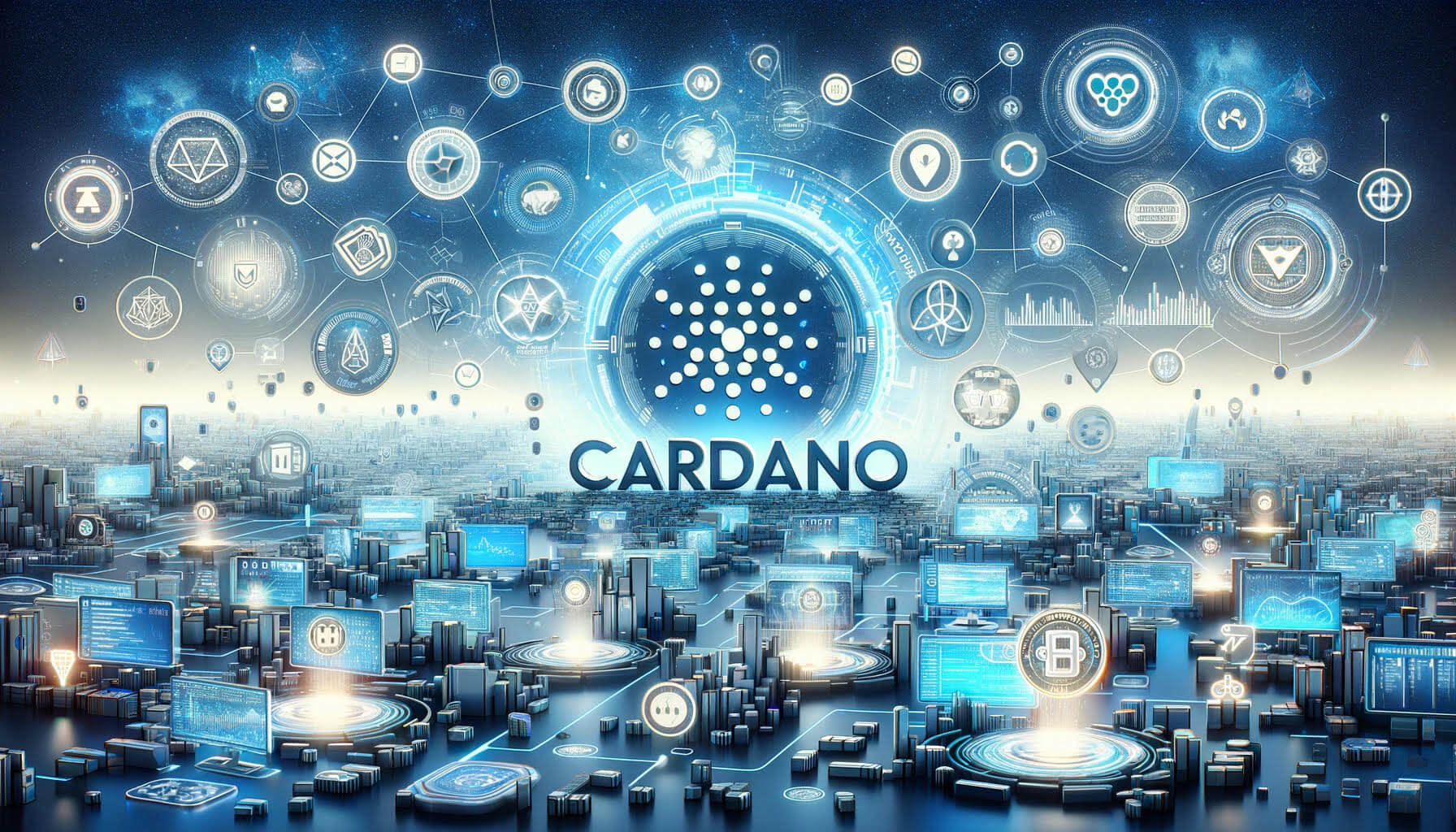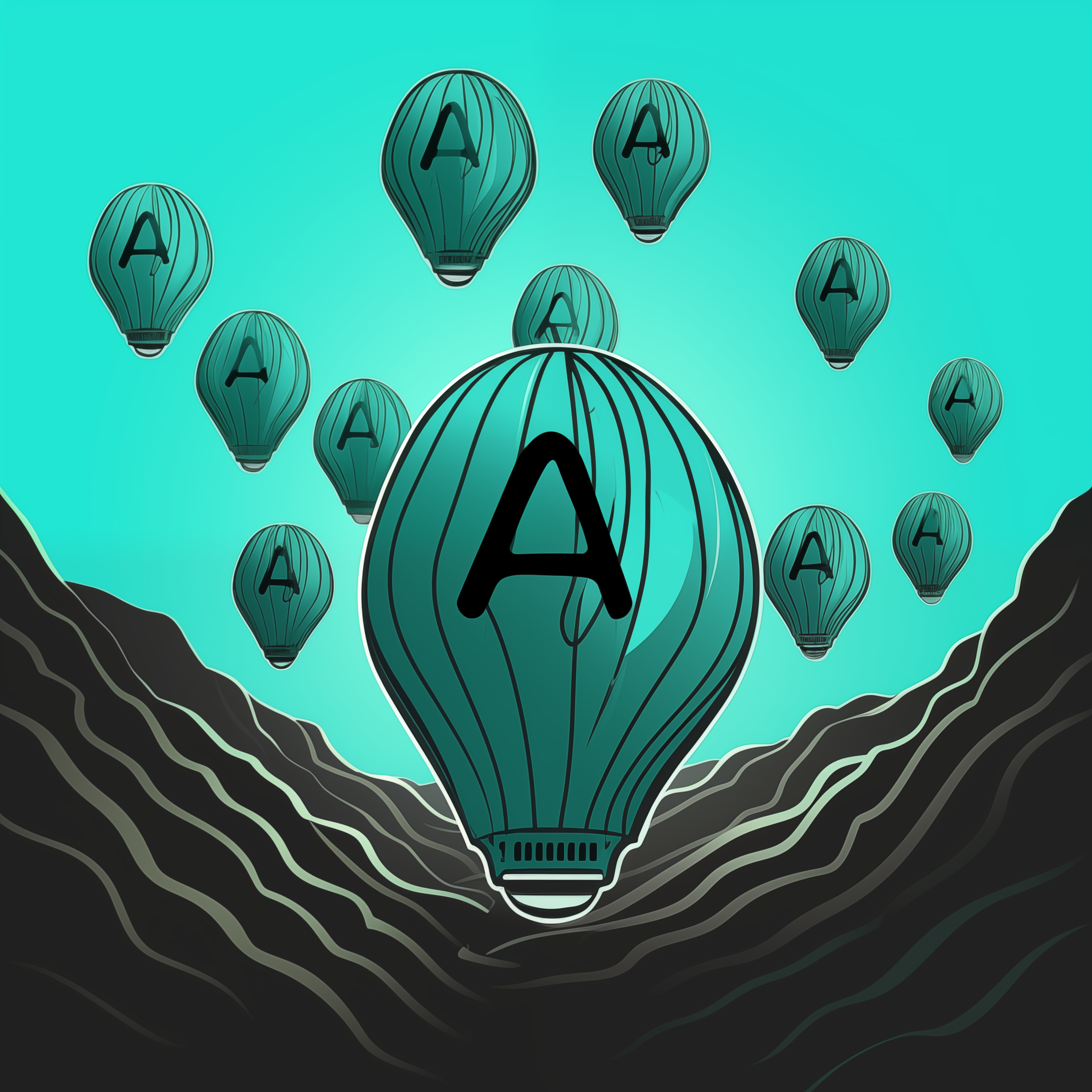Cardano is a blockchain, platform, and has a cryptocurrency called ADA. They aim to provide a secure and scalable infrastructure while developing decentralized applications and smart contracts. The ecosystem distinguishes itself through a research-driven approach, utilizing a peer-reviewed academic methodology to ensure the soundness of its technologies. Cardano operates on a proof-of-stake consensus model called Ouroboros. The latter reduces energy consumption compared to traditional proof-of-work systems by having network participants validate transactions. This system not only secures the network but also allows ADA holders to participate in the governance of the platform and earn rewards through staking. Let’s explain the following question: How does Cardano work?
Introduction to Cardano
Cardano is a blockchain platform designed to provide a more secure, energy-efficient, and scalable infrastructure. It is distinct for its high degree of academic rigor. It was founded by Charles Hoskinson in 2015, one of the co-founders of Ethereum. Their aim is to address the scalability, interoperability, and sustainability issues faced by earlier blockchains. Using a layered architecture, it separates the ledger of account values from the reasons why values are moved from one account to the other. This allows for flexibility in the design of smart contracts and improvements over time.
Cardano’s Technical Framework
As mentioned earlier, Cardano operates on a proof-of-stake consensus model called Ouroboros. This system is designed to enable secure and efficient consensus without the high energy costs associated with proof-of-work systems like Bitcoin.
Ouroboros divides physical time into epochs and slots.
- Epochs are overarching time frames
- Slots are short periods within epochs during which blocks can be created
In each slot, a slot leader is randomly selected from the pool of ADA holders who have staked their coins. This leader is responsible for adding a new block to the blockchain.
The selection process is influenced by the amount of ADA staked and the randomness introduced to ensure security and fairness in block creation. This algorithm not only secures the network and processes transactions but also facilitates participation in the network’s governance and rewards stakeholders. The latter allows the alignment of incentives across the system. This approach minimizes the possibility of centralization and maintains blockchain integrity. This is what makes Cardano uniquely scalable and secure among cryptocurrencies.
Infrastructure Layers
The Cardano Settlement Layer (CSL) and the Cardano Computation Layer (CCL) are two distinct layers that form the backbone of the Cardano blockchain’s architecture. They are designed to separate the ledger of account balances from the computational logic of smart contracts.
The CSL functions as the first layer, responsible primarily for handling transactions involving ADA (Cardano’s cryptocurrency) and recording these transactions. This separation ensures that the performance of simple transactions can be optimized independently of the computational demands of smart contracts. This enhances the efficiency and scalability of the network.
The CCL, or the second layer, handles the execution of smart contracts and the storage of data. It allows developers to create decentralized applications with complex rules without overloading the blockchain. This layered architecture not only increases security by isolating different types of operations but also enables more flexible and upgradable governance and functionality. Which later on allows for new needs and technologies to emerge within the Cardano ecosystem.
Security Features & Scalability Solutions
Cardano employs several advanced security features to ensure the integrity and safety of its network. The use of the Ouroboros proof-of-stake algorithm provides security through a rigorously tested, mathematically proven mechanism. Moreover, the latter is less vulnerable to the energy and cost issues of traditional proof-of-work systems.
Also, Cardano’s codebase is developed with high-assurance programming practices and formally verified. This means that the code is mathematically proven to be free from certain types of errors and vulnerabilities. All of these set a very high standard for security in blockchain technology.
Regarding scalability, they address it through several innovative solutions designed to support a growing number of users and transactions without compromising performance. First, its layered architecture separates the settlement and computation processes, allowing the network to handle high volumes of transactions efficiently.
Additionally, they implement features like Hydra, a layer-2 scaling solution that processes transactions off-chain before settling them on the main blockchain. This allows for increased throughput and reduced latency.
This combination of on-chain and off-chain solutions enables Cardano to scale dynamically while maintaining robust security and decentralization.
Governance in Cardano & the Role of ADA Holders
In the Cardano ecosystem, decision-making is largely decentralized and democratic. It is facilitated through a mechanism known as on-chain governance. (An on-chain governance is a voting system that allows stakeholders to vote.)
ADA holders play a crucial role in this process, as they can vote on proposed changes to the software and updates to the network. Their voting power is proportional to the amount of ADA they stake.
This model encourages community involvement and ensures that the development of the blockchain reflects the preferences and interests of its user base. They also introduced a treasury system where a portion of transaction fees and newly minted ADA are pooled to fund future projects. The fact that ADA holders can vote on which projects receive funding, furthers engaging the community in the ecosystem’s growth and evolution.
The Cardano Community & Future Outlook
As seen above, the community is actively engaged in the platform’s development and governance through various channels and initiatives. Community members can participate in discussions, propose improvements, and vote on project funding and updates.
They do this via the decentralized governance system, which ensures a broad base of input and democratic decision-making. Cardano also fosters community involvement through educational programs, regular updates from its leadership, and support for local meetups and forums. This strategy allows the enhancement of the ecosystem’s collaborative and inclusive nature.
The Cardano ecosystem is poised for significant developments that could have a substantial impact on the crypto industry. As it advances its scalability through upgrades like Hydra, Cardano aims to enhance transaction speeds and reduce costs. All of that while positioning itself as a more efficient alternative for developers and end users.
Also, their commitment to sustainability and energy-efficient proof-of-stake algorithms resonates with growing environmental concerns in blockchain technology. These advancements, combined with Cardano’s focus on formal verification and security, may set new standards for reliability and trust in cryptocurrencies. This will most certainly influence adoption rates and regulatory perspectives across the industry.
Written by
Siana Marcellus
Educator




